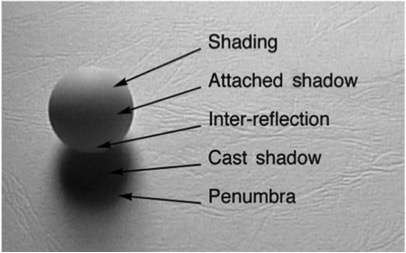INTRODUCTION
Food images are widely used as a marketing tool when it comes to advertise a restaurant; for instance attracting new customers (as external marketing), as well as for designing more appealing menus in order to persuade customers to choose a more profitable item (as internal marketing).
Within the process of making food images, several elements such as color, lightning and shadows, background, decoration and camera angle among others; must exhaustively be worked out in order to get the desire outcome, this is why professionals on the field have developed several shooting techniques depending on the purpose of the image to be created. Food image types differs from country to country but it can be summarized in these three groups (Label/Packaging, Commercial and Editorial Food Images).
Although there are several researches concerning most of the elements mentioned before, the lack of scientific studies on shadows in food images makes this research valuable. Furthermore , the presence of shadows in an image, makes us also capable of distinguish hidden contexts, including the depth of field, shape and even spatial positioning (Figure 1).
Figure 1: Information provided by shadows will always exist there is presence of light and an object.
Shadows can be defined as the absence of light, merely the obstruction of the luminous rays by an opaque body. Shadow is the nature of darkness. Light (on an object) is the nature of a luminous body; one conceals and the other reveals. They are always associated and inseparable from all objects, but shadow is a more powerful agent than light, for it can impede and entirely deprive bodies of their light, while light can never expel shadow from a body, that is from an opaque form. Shadows are made of these main components: (Figure 2)
Figure 2: Shadow Components
OBJECTIVE
The aim of this research is to uncover the effect created by shadows regarding its role on topics such as “deliciousness and freshness” in food images.
HYPOTHESIS
H1: Softer cast shadows create the effect of deliciousness while harder cast shadows create the effect of freshness.
H2: A higher percentage of cast shadow in the image creates a higher impression of freshness.
H3: The fuzzier the penumbra is, the more delicious food is perceived.
RESEARCH PROCESS
The research is divided in 3 phases.
Phase 1: Consists on creating a shooting procedure of different foods and via survey, determine narrow down the food types into a single category. Also proof or disproof H1 and after data analysis create the procedures for future experimentation. Status:
Completed
Phase 2: In this phase several experiments will be developed to proof or disproof H2 and H3. Status: Planning
Phase 3: Findings discussion and conclusion of the research. Thesis writing.
Details
TITLE :
“The Effect of Shadows on “Deliciousness and Freshness” Impression on Food Images”
AUTHOR :
Sakay Rodriguez Oscar Eduardo





